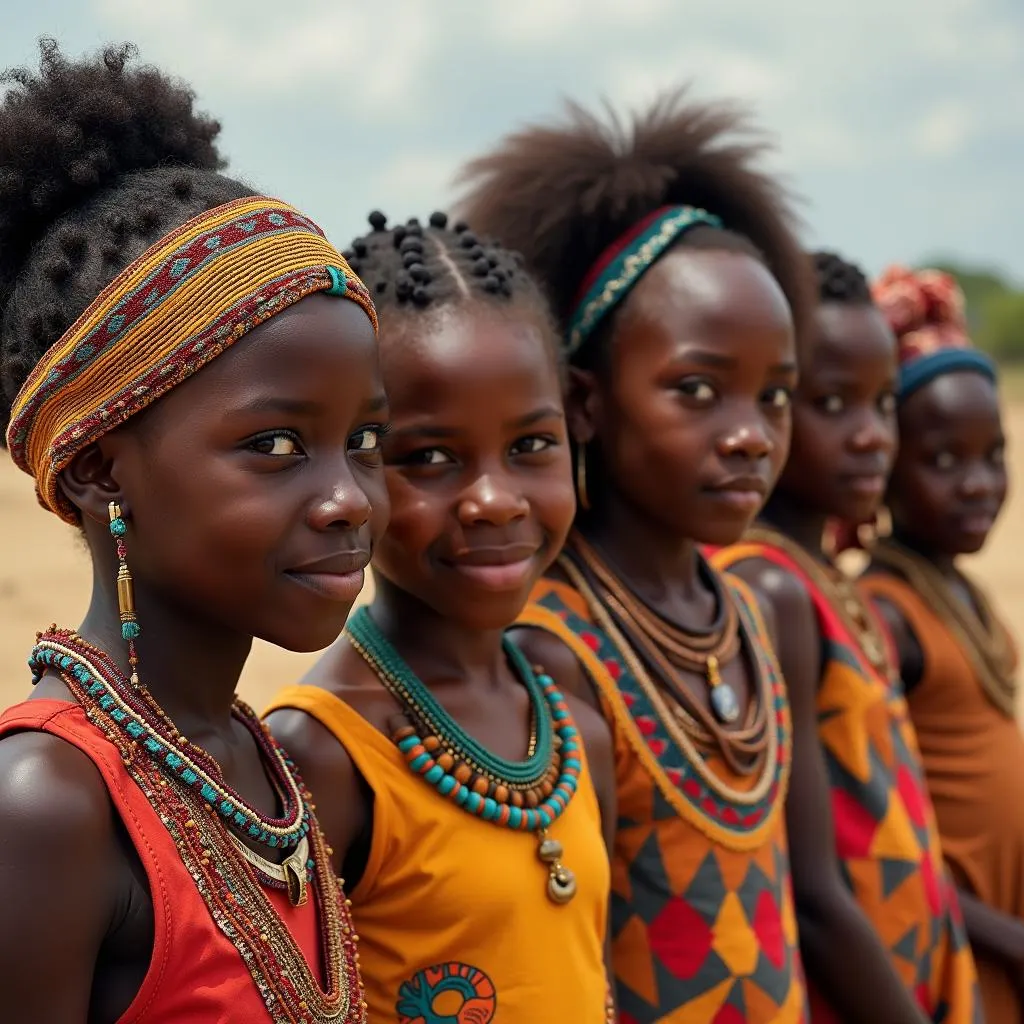African Green Monkey Kidney Cells in Vaccines: What You Need to Know
The use of African green monkey kidney cells in vaccine development has been a topic of much discussion and debate. This article delves into the history, science, and ethical considerations surrounding this practice, providing you with a comprehensive understanding of the subject.
A Historical Perspective on Cell Cultures in Vaccine Development
Vaccines work by introducing a weakened or inactive form of a virus or bacteria into the body, triggering an immune response. This response prepares the immune system to fight off the actual disease if it encounters it later. To create vaccines, scientists often need to grow large quantities of viruses or bacteria, and this is where cell cultures come into play.
 African Green Monkey Kidney Cells Under Microscope
African Green Monkey Kidney Cells Under Microscope
In the early days of vaccine development, scientists relied on animal-derived cells, particularly from chickens and mice. However, the use of primate cells, including those from African green monkeys, gained prominence in the 1960s due to their ability to support the growth of a wider range of viruses.
The Role of African Green Monkey Kidney Cells
African green monkey kidney cells, specifically a cell line known as Vero cells, have been instrumental in producing a variety of vaccines. Vero cells are particularly well-suited for vaccine production because they:
- Support the growth of a wide range of viruses: This versatility makes them useful for developing vaccines against diverse diseases.
- Can be easily grown in large quantities: This is crucial for meeting the global demand for vaccines.
- Have a well-established safety profile: Vero cells have been used in vaccine production for decades, and their safety has been extensively studied.
Vaccines Developed Using African Green Monkey Kidney Cells
Several widely used vaccines have been developed using African green monkey kidney cells, including:
- Polio vaccine: Both the inactivated polio vaccine (IPV) and the oral polio vaccine (OPV) have been produced using Vero cells.
- Measles, mumps, and rubella (MMR) vaccine: Some versions of the MMR vaccine are produced using Vero cells.
- Rabies vaccine: Certain rabies vaccines are manufactured using Vero cells.
Ethical Considerations and Alternatives
The use of African green monkey kidney cells in vaccine development has raised some ethical concerns, primarily regarding animal welfare and conservation. While the Vero cell line was originally derived from a monkey in the 1960s, current vaccine production does not involve the use of new monkeys. However, the origin of the cell line and the potential for future use of primates in research remain points of ethical discussion.
Scientists are actively researching and developing alternatives to animal-derived cells for vaccine production. These alternatives include:
- Human cell lines: These cells, derived from human tissues, offer a potentially more ethically acceptable alternative.
- Insect cells: Insect cell lines are already used for some vaccines and offer advantages such as rapid growth and scalability.
- Plant-based platforms: Researchers are exploring the use of plants as bioreactors to produce vaccine components.
Safety and Efficacy of Vaccines
The safety and efficacy of vaccines are paramount, and rigorous testing and regulatory oversight are in place to ensure these aspects. Vaccines undergo extensive clinical trials before they are approved for use, and their safety continues to be monitored post-marketing.
“The use of African green monkey Vero cells in vaccine production has been rigorously studied,” states Dr. Abena Kuffour, a virologist specializing in vaccine development. “Extensive data collected over decades supports the safety and effectiveness of vaccines produced using this cell line.”
Conclusion
The use of African green monkey kidney cells has played a significant role in advancing global health by enabling the production of life-saving vaccines. While ethical considerations surrounding animal use in research are important, the benefits of these vaccines in preventing disease and saving lives are undeniable. Ongoing research into alternative cell lines and production methods holds promise for addressing these ethical concerns while ensuring the continued availability of safe and effective vaccines for all.
FAQs about African Green Monkey Kidney Cells in Vaccines
1. Are African green monkeys still used to make vaccines today?
No, current vaccine production using Vero cells does not involve the use of new monkeys. The Vero cell line was established decades ago.
2. Are vaccines made using African green monkey cells safe?
Yes, vaccines produced using African green monkey kidney cells have been rigorously tested and proven safe and effective. They undergo the same strict safety protocols as any other vaccine.
3. Are there any alternatives to using African green monkey kidney cells?
Scientists are actively researching alternatives, including human cell lines, insect cells, and plant-based platforms.
4. What are the ethical concerns surrounding the use of African green monkey cells?
The primary ethical concerns relate to animal welfare and conservation, stemming from the origin of the Vero cell line and the potential for future use of primates in research.
5. Where can I find more information about vaccine ingredients and safety?
Reputable sources of information include the World Health Organization (WHO), the Centers for Disease Control and Prevention (CDC), and your local health authority.
Exploring Further:
- African green monkey vero
- Learn more about the history of vaccine development.
- Explore the latest advancements in alternative cell lines for vaccine production.
Get in touch with us! For any questions or assistance, please contact us at:
Phone: +255768904061
Email: kaka.mag@gmail.com
Address: Mbarali DC Mawindi, Kangaga, Tanzania.
Our dedicated customer support team is available 24/7 to assist you.



